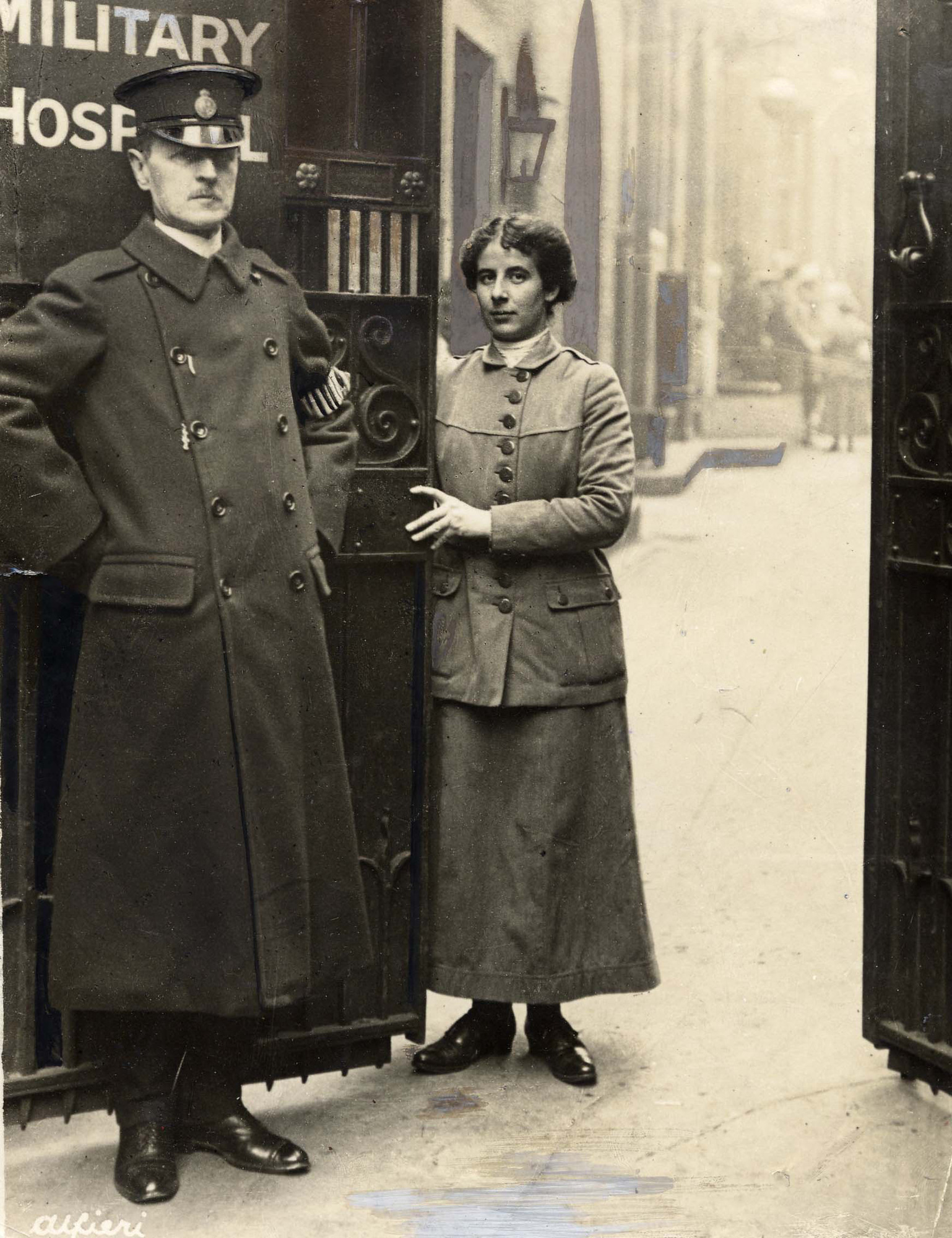The role of women during the First World War has been heavily mythologised in a way that has cast them as both the angels of the home front and a force for positive political change. What made this documentary, written and presented by revered war correspondent Kate Adie, so fascinating was that as well as providing a comprehensive guide to the many roles played by women during the conflict, it blew some of those myths wide open.
For example, although the lives of most women in 1914 were defined “more by what you couldn’t do than what you could”, the history books tend to leave out the thousands of working class women whose livelihoods were originally put at risk by Queen Mary’s successful drive to encourage middle class women to knit clothing for the soldiers in the trenches. It was only through the work of tireless campaigners like Mary Macarthur, a prominent trade unionist and leader of the National Federation of Women Workers, that the “munitionettes” employed in the factories began to receive equal pay and better working conditions. The practice of “dilution”, where skilled male labourers were replaced with unskilled or semi-skilled women “only for the duration of the war” was implemented to ensure that wartime measures did not lead to workplace equality. And the Representation of the People Act, passed in 1918, only gave the vote to property-owning women over the age of 30, excluding the vast majority of those who had filled the factories and fields during the dark days of war.
The history books tend to leave out the thousands of working class women
Still, there was no denying that the First World War prompted huge changes both in the attitudes of (male) society towards working women, and the attitudes of women themselves. And, as Adie’s fascinating documentary showed, their new roles prompted social changes that would later benefit both men and women. Newly-established Minister of Munitions and later Prime Minister, David Lloyd George, instigated workplace canteens, sports and recreation programmes and better awareness of the risks to the health of the “canary girls”, whose skin had been discoloured through constant contact with TNT. These reforms were introduced not so much for the benefit of the workforce, but to reflect the forward-looking realisation that a happy workforce was a productive workforce. Women’s football teams, made up of munitions workers, attracted decent-sized audiences with the male game suspended until the Football Association called time on the “unladylike” practice in 1921.
 Regardless of the benefits the labour of working women brought to the country, Adie found that the way that they were viewed by society and the press didn’t change much. The newspapers of the early 20th century were just as unforgiving of the lady who stepped out of line as the magazines of today, decrying the “giddy factory girls” who spent all of their money in pubs. And the voluntary nurses, or VADs (Voluntary Aid Detachment), supporting the war effort in traditional caring roles without demanding anything so silly as equal pay were viewed with considerably less suspicion than female doctors (Dr Flora Murrary of Endell St Hospital, pictured above right) - at least at first.
Regardless of the benefits the labour of working women brought to the country, Adie found that the way that they were viewed by society and the press didn’t change much. The newspapers of the early 20th century were just as unforgiving of the lady who stepped out of line as the magazines of today, decrying the “giddy factory girls” who spent all of their money in pubs. And the voluntary nurses, or VADs (Voluntary Aid Detachment), supporting the war effort in traditional caring roles without demanding anything so silly as equal pay were viewed with considerably less suspicion than female doctors (Dr Flora Murrary of Endell St Hospital, pictured above right) - at least at first.
Despite the efforts of the 6,000 munitions girls who marched on Parliament looking for security for their jobs a week after Armistice Day, by the end of 1918 only one third of women - the same proportion as before the war - were in work. The same propaganda which had urged them to shame their husbands and fathers into “showing their manliness” by enlisting, and had later encouraged them into the workforce, was now being used to remind them of the special role they had to play cleaning, feeding and rebuilding the country’s homes. Still, with the removal of the grating from the Ladies’ Gallery in the House of Commons - the “symbolic cage” keeping women away from the seat of political power - it was clear that change was coming.














Add comment